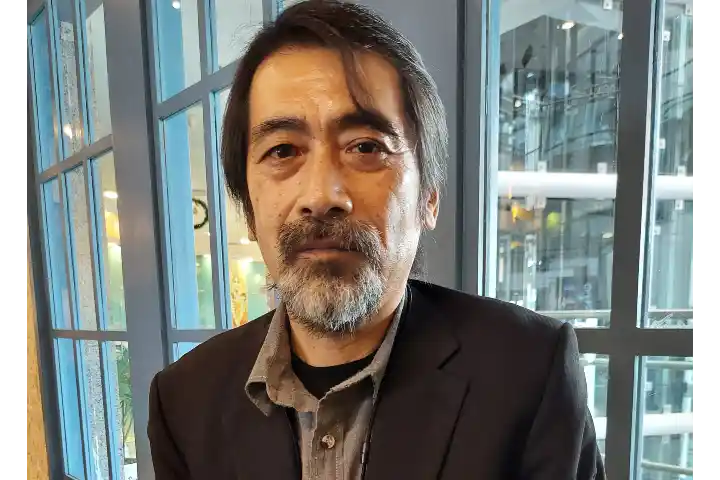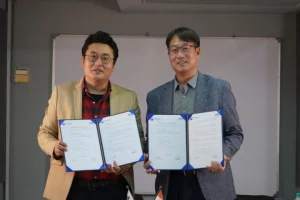“The Bhagavat Gita and its message is not just for India but for Japan and the entire world. It teaches one to live and face life,” says Sato Hiroyuki, professor at Tokyo’s Musashino University. This will be his second translation. Two years ago, he translated Subhadra Kumari Chauhan’s “Jhansi ki Rani.”
Hiroyuki, who teaches Hindi and Indian culture in the university, has just finished translating the Bhagavat Gita in Japanese. The book, published by Kadokawa Future Publishing, will be released on December 25.
Talking to India Narrative, Hiroyuki says that it was his passion that led him to translate the book.
“Mera ek junoon tha ki main Bhagavat Gita ka anuvaad karoon aur Japanese logo tak pahuchau (I had a passion that I wanted to translate Bhagavat Gita and take it to the Japanese audience,” he says. Hiroyuki considers himself lucky that Kadokawa Future Publishing, which was set up in 1954, supported his efforts.
Though this is not the first time Bhagavat Gita is being translated into Japanese, Hiroyuki, who is not only teached Hindi but is an authority in Sanskrit too, says that it is important to translate the book in a way that people can read and comprehend. “I wanted to write in simple words and convey the inner message,” he adds.
After the Bhagavat Gita, Hiroyuki has plans to translate Meerabai and Hanuman Chalisa, comprising devotional hymns.
Hiroyuki is also an avid follower of Bollywood movies. He has translated blockbusters such as Mother India, Sholay and Chak Le India, starring Shah Rukh Khan. “I have already approached the Indian Embassy in Japan for the required approvals from the producers,” he says, noting that these films reflect Indian culture while passing on the all-important message of dealing with life.
As India and Japan look to cement economic and political relations, the focus is on boosting people to people contact through soft power.
At present, Japan is the fifth largest investor in India. The cumulative foreign direct investment (FDI) stood at $37.7 billion between April 2000 and till June, this year.
Earlier Suzuki Takashi, Chief Director General, Japan External Trade Organisation (Jetro), India told India Narrative that the two nations must devise ways to enhance people to people connect. “At present there is this issue of miscommunication, We have to work closely to change that,” he said.
Also read: India and Japan should now have more people-to-people exchanges: Jetro




















